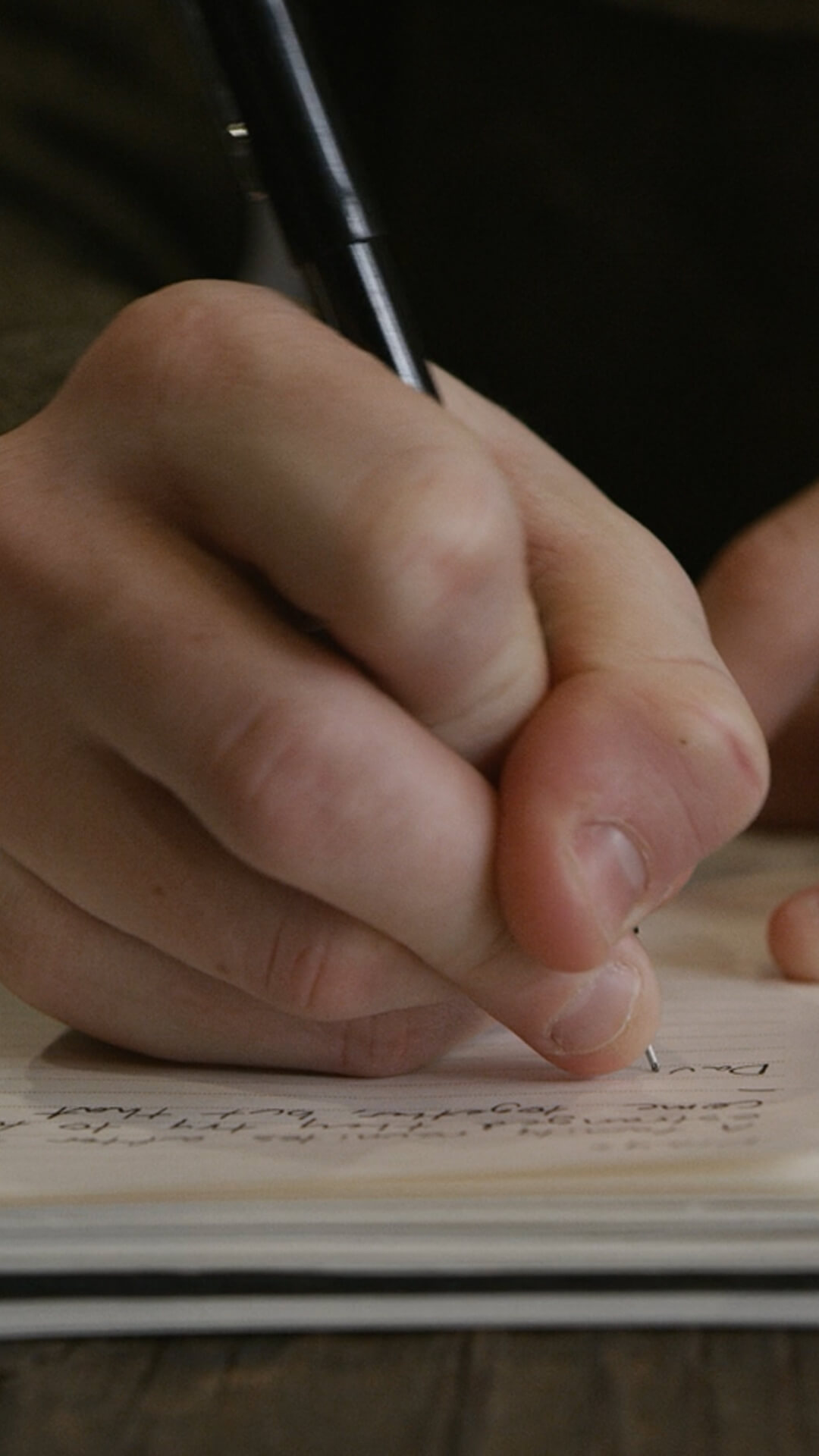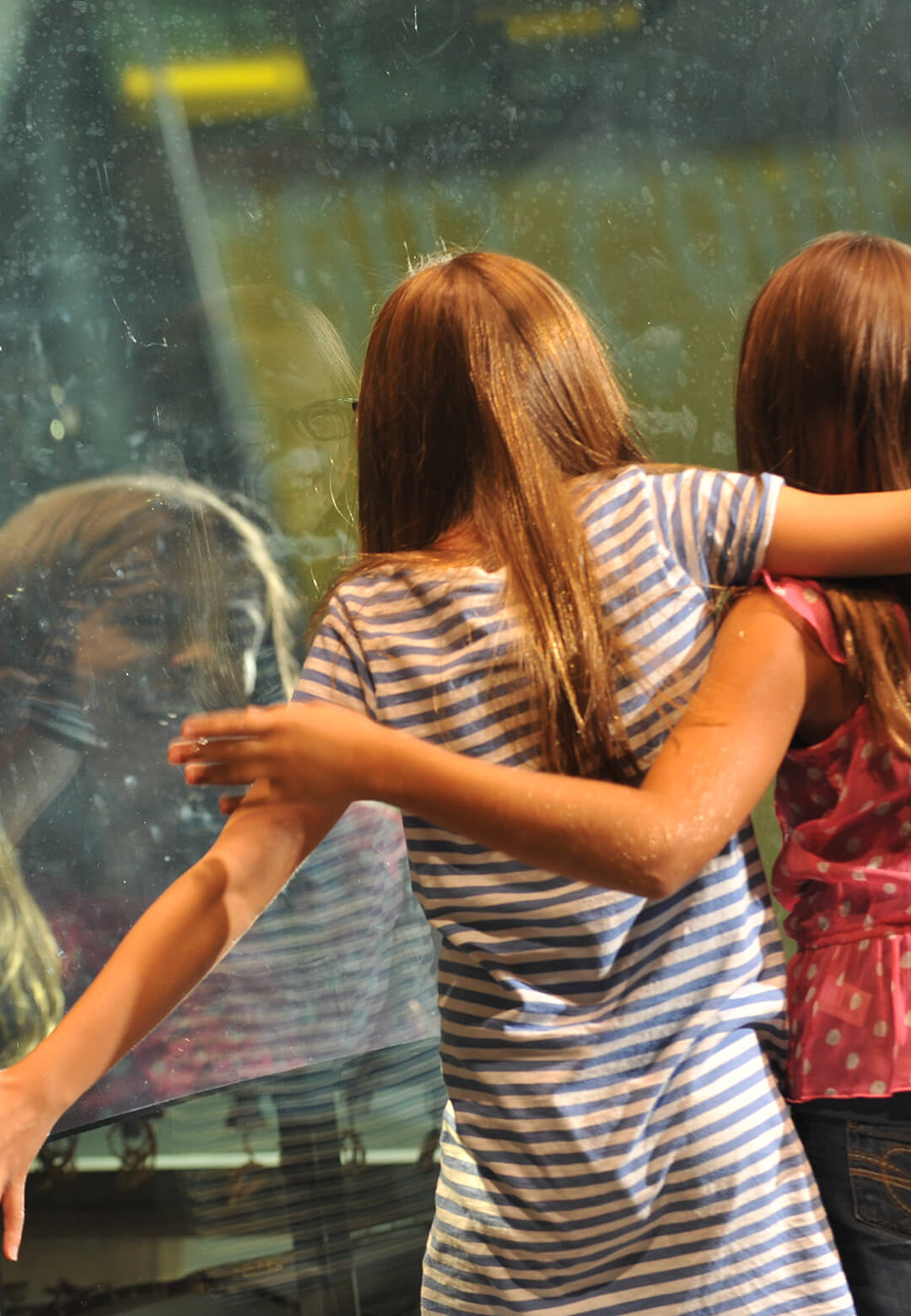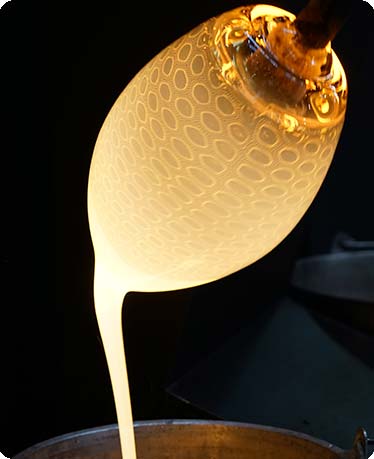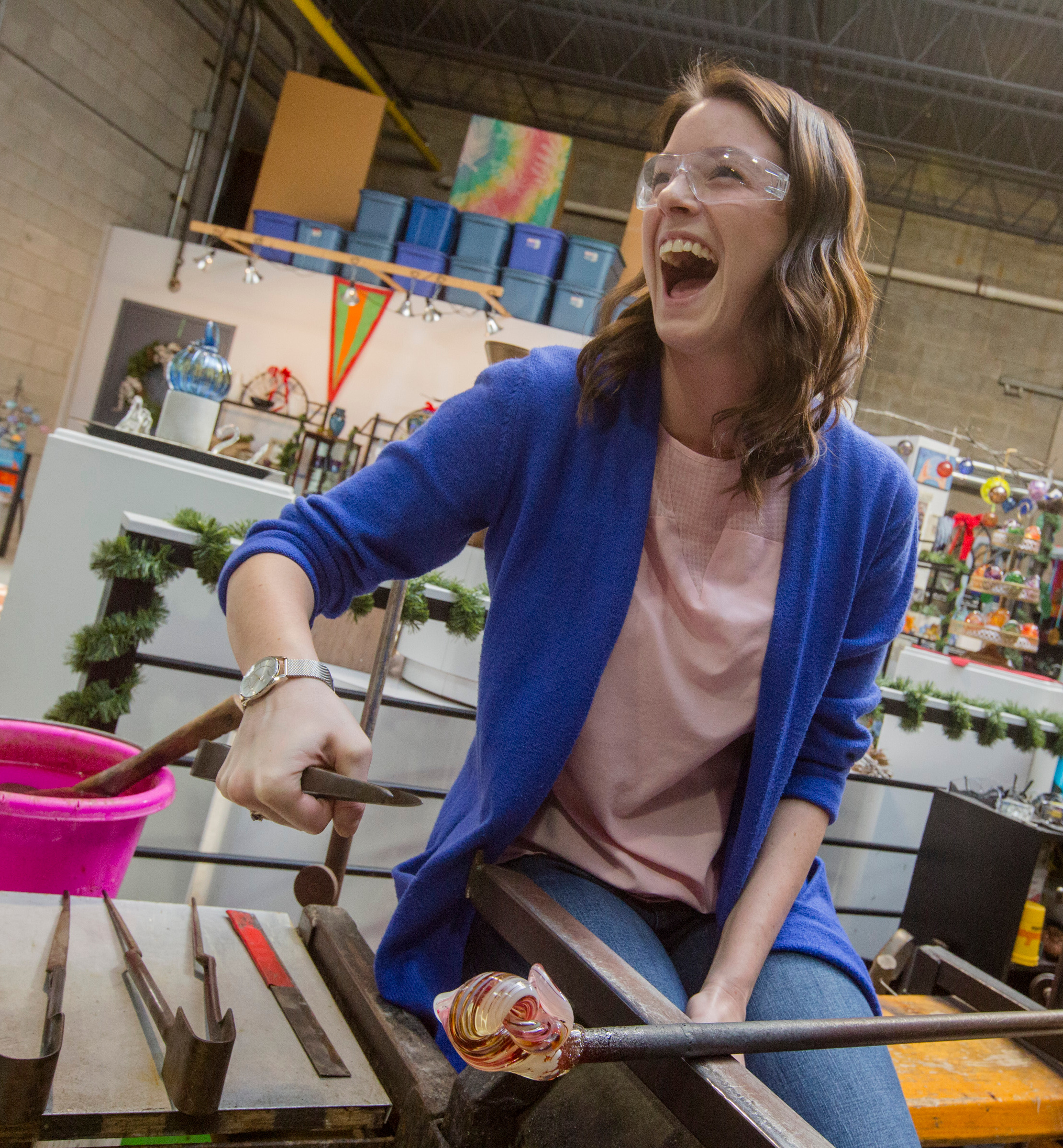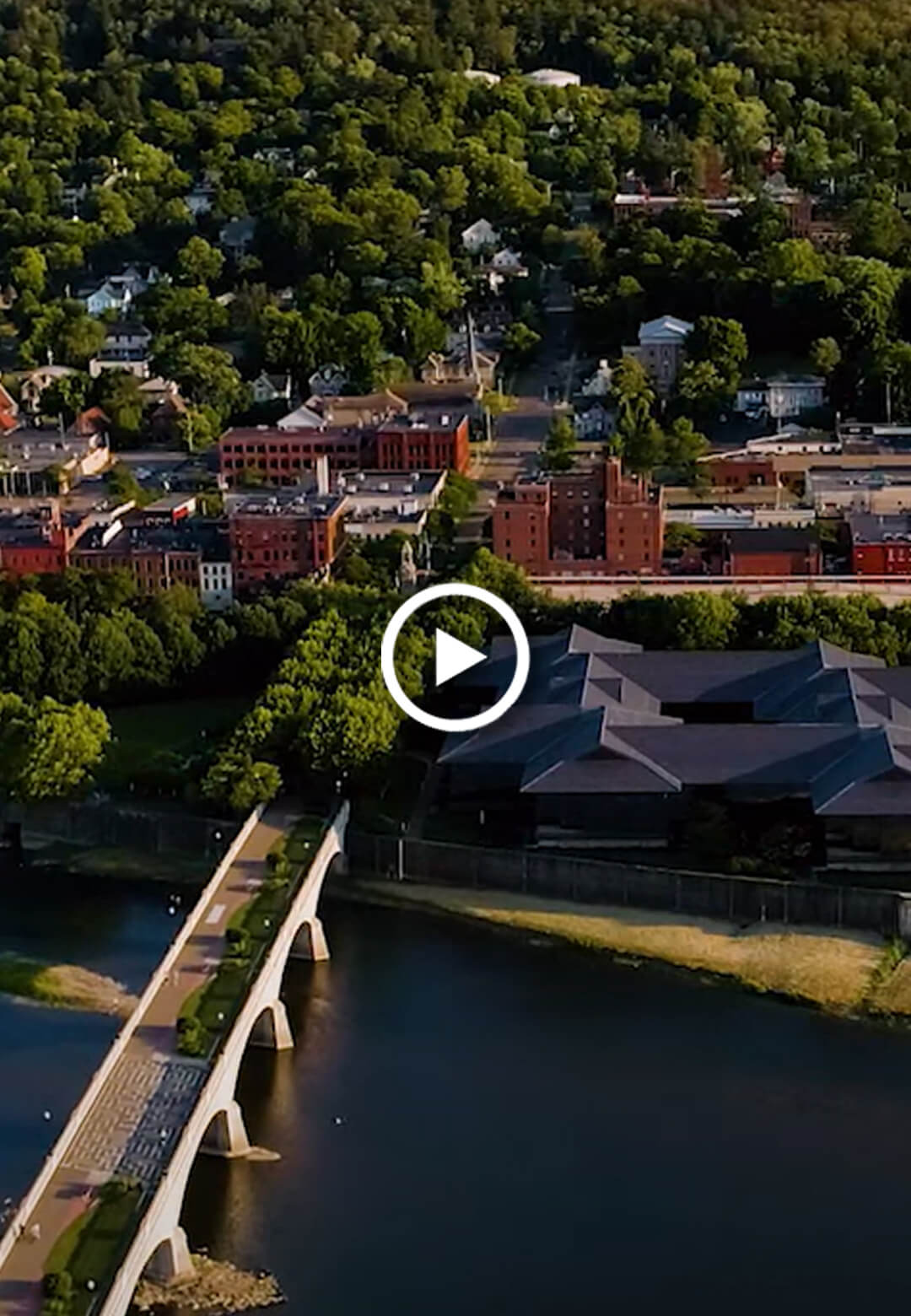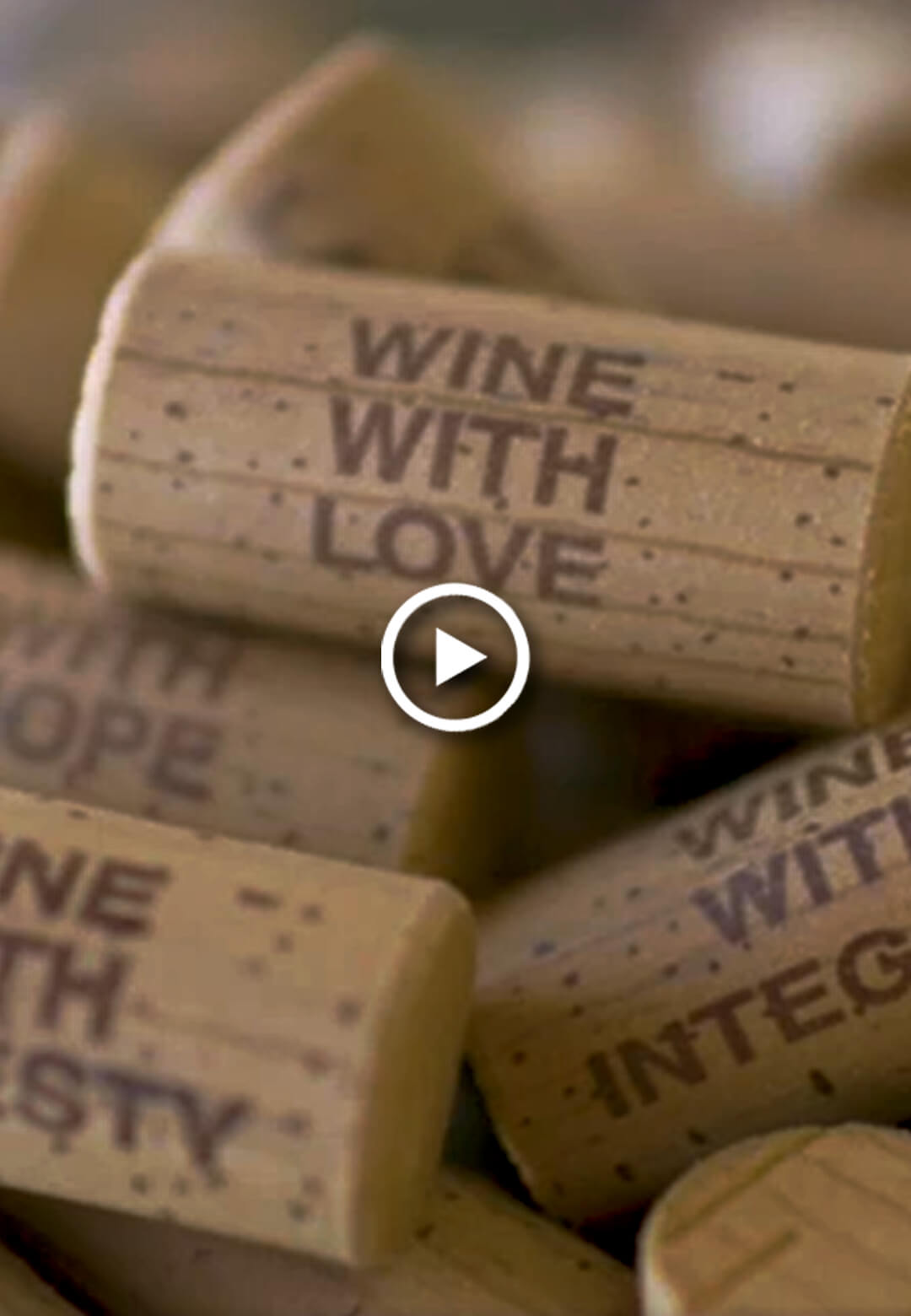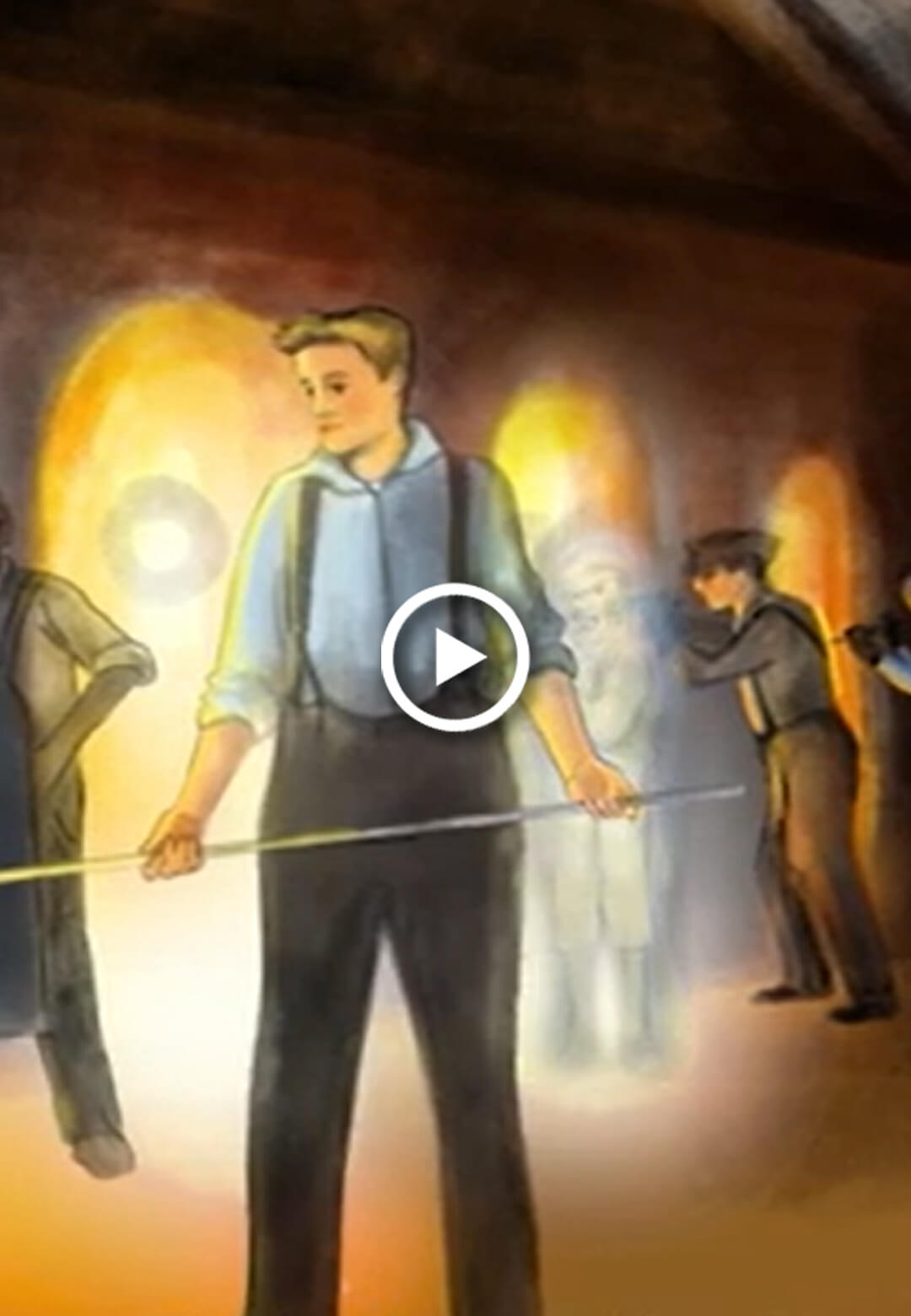Request Your
Experience Guide
By submitting your information, you are agreeing to receive marketing materials from Explore Steuben including a physical experience guide packet, digital newsletters and other marketing materials.
Request Your
Experience Guide

By submitting your information, you are agreeing to receive marketing materials from Explore Steuben including a physical experience guide packet, digital newsletters and other marketing materials.

EXPLORE STEUBEN
1 W. Market Street, Suite 201
Corning, NY 14830
607.936.6544



